update time:2023-01-28 16:22:21
Views:1364次
RIC typically employs a 7 tonne weight dropped repeatedly through 1.2 m onto a 1.5 m diameter steel ...
RIC typically employs a 7 tonne weight dropped repeatedly through 1.2 m onto a 1.5 m diameter steel articulated compaction foot. Whilst the energy per blow is not large (typically 8.4t.m), the equipment permits a large number of impacts to be applied at a rate of about 40 blows per minute. The operator monitors and can record the number of impacts, the total energy input applied, the foot penetration per blow and the cumulative penetration. When a specified parameter is reached, for example, foot penetration or set per blow, the equipment is moved to the next treatment/tamping point.
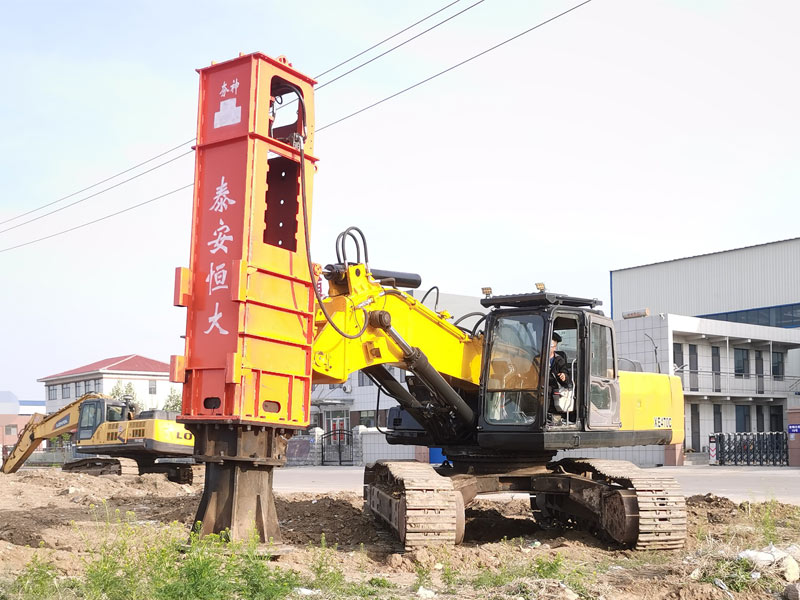
As the foot remains in contact with the ground, the energy is applied more efficiently in compacting the ground than in conventional drop weight dynamic compaction where the weight may fall on an irregular surface in such a way that much of the energy is dissipated in deforming the irregularities of the ground. Both field trials and laboratory simulations of RIC have shown that the manner in which the ground responds to treatment is a “top-down” process, compared to DC which is a “bottom-up” process. The first few blows in rapid impact compaction create a dense plug of soil immediately beneath the compaction foot. Further blows advance this plug deeper, which compacts soil in a deeper layer. This process progresses until little further penetration of the compaction foot can be achieved with increasing blows. The effect of the compaction process is confined largely to the ground vertically below the compaction point and treatment is therefore carried out on a closely spaced square or triangular pattern or sequenced on an arc about the centre of rotation of the base machine for the RIC equipment. Additional passes are typically offset from the primary pass to ensure effective treatment coverage. The carrier vehicle is typically a hydraulic excavator.

With RIC the total energy input will have a major influence on the depth of compaction. With the rapid impact compactor the energy per blow is very much smaller than conventional DC and the fixed energy per blow of typically 8.4 t.m is not the major influence on the depth of compaction due to the progressive top down improvement of the treated ground. Of much greater significance to the effective depth of compaction is the number of blows at a compaction point or the energy applied overall to the ground surface. For typical impact spacing, 35 blows will impart about 170 tonne.m/m2 of energy. This level of energy input has produced significant compaction to depths between 3 and 4 m in non-engineered generally granular fill and up to about 3 m in natural sand and silty soils using a 7 t hammer.
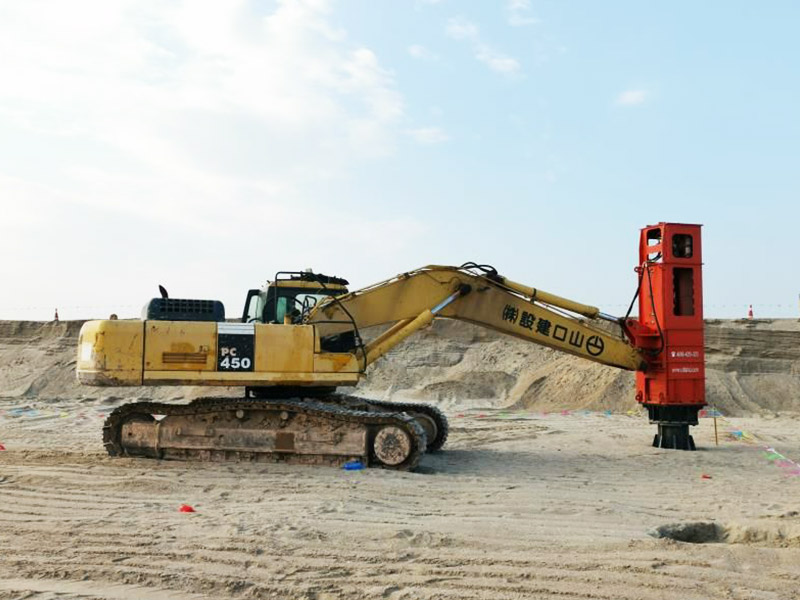
Loess is a worldwide problematic soil and gives rise to a geohazard in the context of the built environment. This provides the engineering geologist with the challenge of achieving satisfactory site characterisation and prediction of engineering behaviour, and the geotechnical engineer with the challenge of providing practical and satisfactory ground improvement solutions and therefore foundation behaviour. The soil response to RIC is dependent on soil properties, principally degree of saturation; moisture content and plasticity. These aspects warrant further investigation and research in respect of any time dependent improvements in higher plasticity, more saturated loess soils. The particular advantages of the RIC technique compared to conventional “drop weight” dynamic compaction (DC) have been highlighted. The RIC technique therefore potentially provides a ground improvement option, which dependent upon site specific circumstances (particularly geotechnical properties and site characterisation), could potentially be given consideration for reducing risk in these problematic soils in loess regions in the context of low-rise structures.
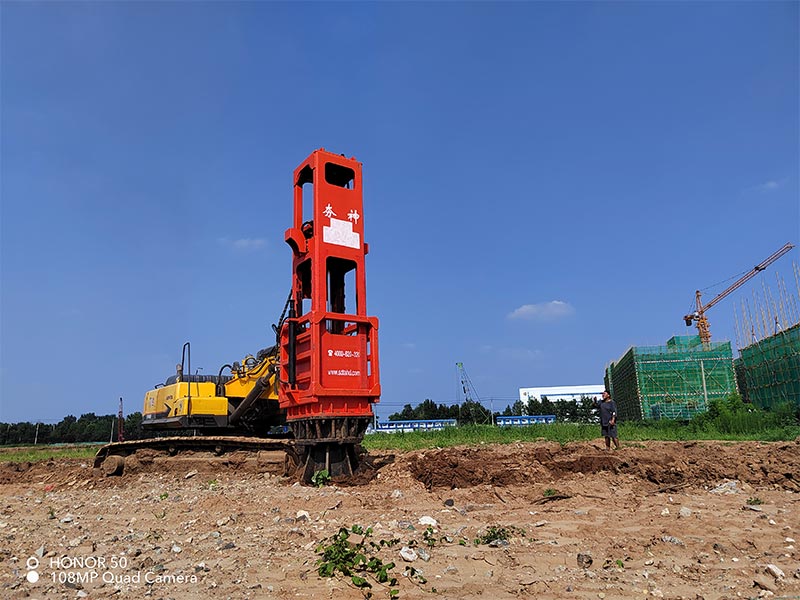
The RIC, imparts energy by dropping a 5 to 9 tonne weight from a relatively small height of 1.2 m at a blow rate of 30 to 80 times a minute. Depending on the ram weight, the maximum energy delivered per blow is 59 to 106 kNm. Although the energy per blow is small compared to the conventional DC, the rapid blow frequency amply compensates, resulting in a greater power that varies between 2.4 to 6.4 MNm/min. Thus, a much greater total energy input per unit area of a site can be achieved with RIC. Moreover, the energy transfer of the RIC is far more effective due to its foot which stays in contact with the ground during the impact sequence.
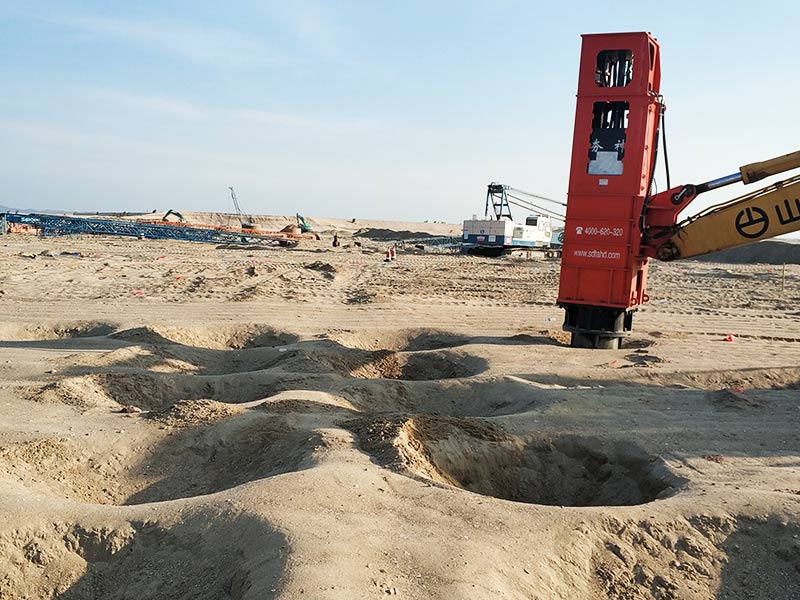
Typical areas of application could include projects such as low-rise structures like housing and schools, embankments, roads and pavement areas. Having the Rapid Impact Compactor mounted on a tracked machine gives it the versatility to move about in narrow and limited height spaces, such as within existing warehouses. With regard to its mobility, the RIC is able to be transported as a single unit, with the impact foot removed and the front end lowered horizontally on a flat-bed trailer. The machine can be ready to work just a few minutes after off-loading. If road restrictions apply, the unit can be easily split into two loads with the excavator travelling separately from the hammer. Re-assembly is achieved in less than two hours.
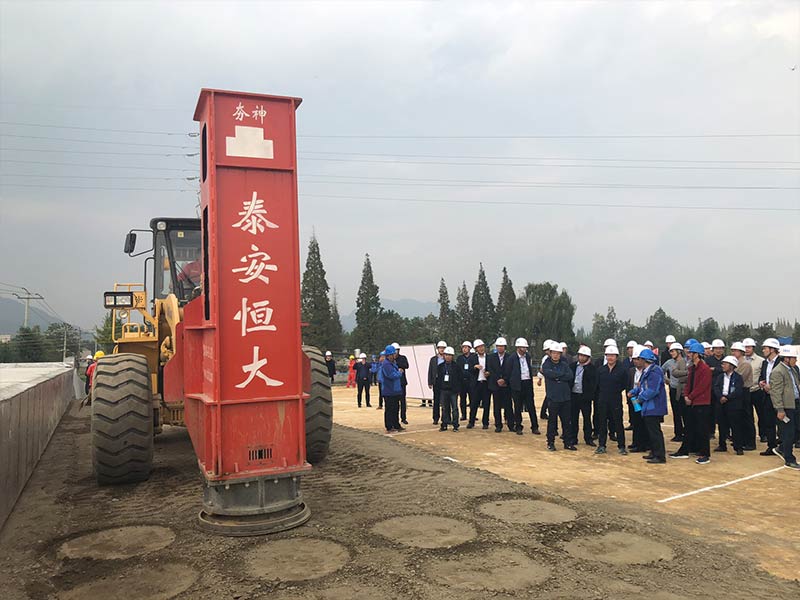
Rapid Impact Compaction provides a technically sound and economic method of improving the capacity of a wide variety of loose soils and fills. The Rapid Impact Compactor can work alone on some types of strata (effective treatment in the top layers of typically up to 6 m depth) or in conjunction with other ground improvement techniques, e.g., Deep Dynamic Compaction, where the strata´s depth or grain sizes dictates. Due to the numerous benefits, e.g., compaction control through an on-board computer, operation at safety, quality assurance, versatility and speed, the Rapid Impact Compaction system will become well-established in the dynamic compaction field. Further research, including theoretical, numerical and practical studies, is nevertheless essential to enhance the innovative compaction system.
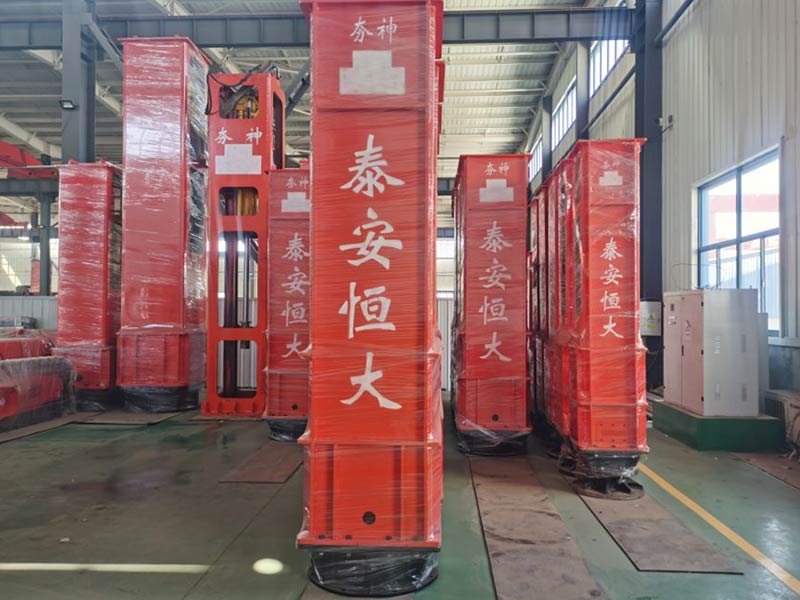
Numerous developments of the last decades provide a broad range of near-surface compaction technologies (such as static and dynamic rollers) and deep compaction techniques (such as deep vibro-compaction, vibro-flotation and deep vibroreplacement, heavy tamping). However, until recently no device was available for middle-deep compaction. The lately introduced Rapid Impact Compactor (RIC) aims at closing the gap between the surface compaction methods and the deep compaction methods, and permitting a middle-deep improvement of the ground up to a depth of 4 to 10 m.
Rapid Impact Compaction - dynamic ground solutions
The RIC, imparts energy by dropping a 5 to 9 tonne weight fr...
How many inches can a plate rapid impact compactor? - HENGDA RIC
The compaction effect of the Rapid Impact Compactor is chara...